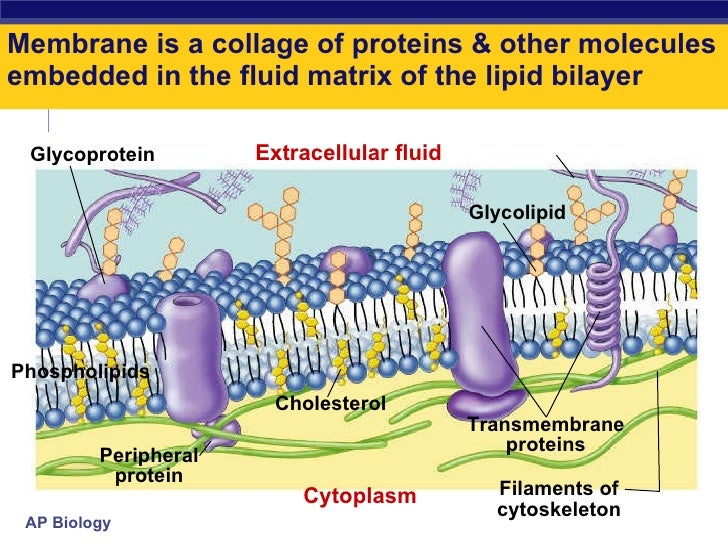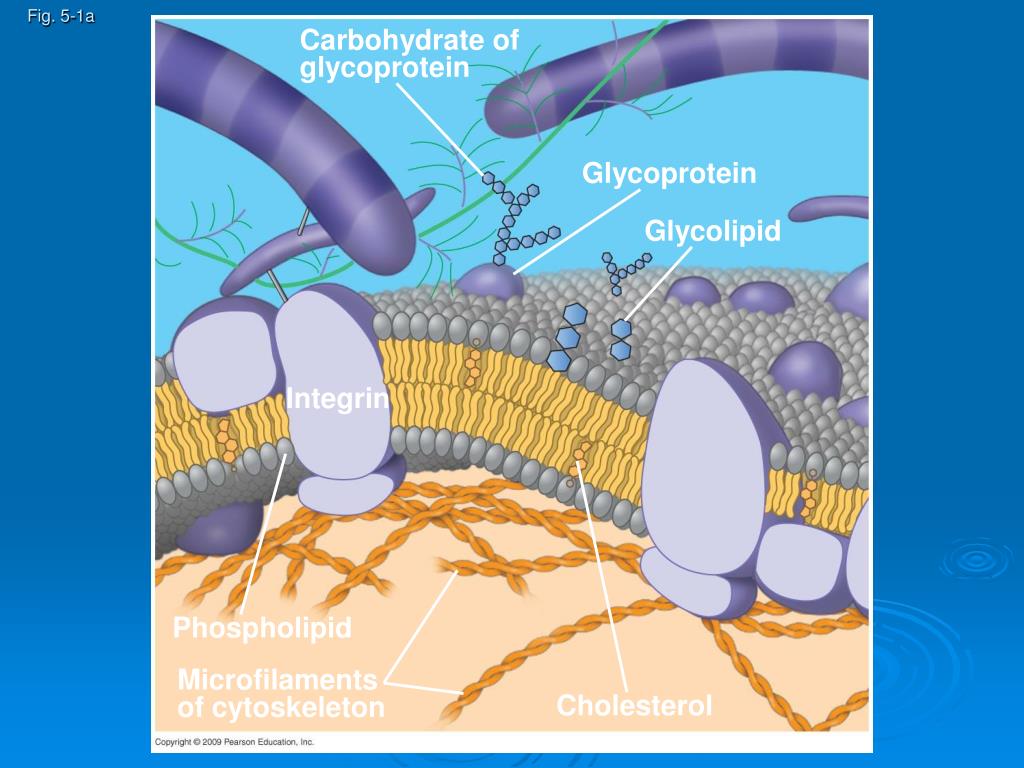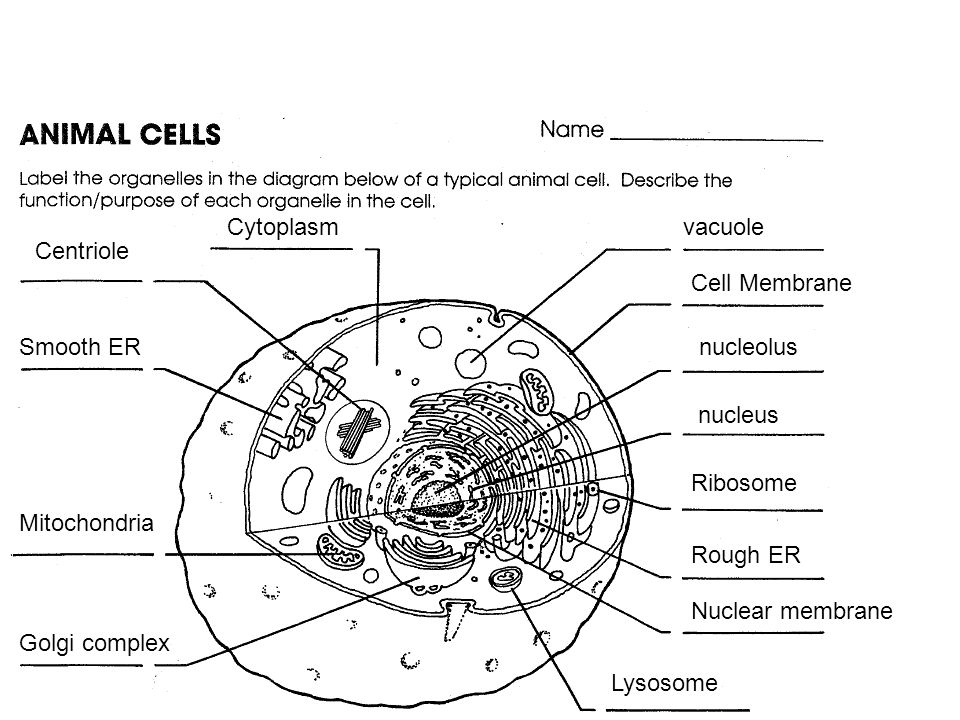40 label the structure of the plasma membrane and cytoskeleton
Plasma Membrane (Cell Membrane) - Genome.gov Definition. …. The plasma membrane, also called the cell membrane, is the membrane found in all cells that separates the interior of the cell from the outside environment. In bacterial and plant cells, a cell wall is attached to the plasma membrane on its outside surface. The plasma membrane consists of a lipid bilayer that is semipermeable. Differences Between Plant and Animal Cells - ThoughtCo 04.05.2019 · Animal cells and plant cells are similar in that they are both eukaryotic cells.These cells have a true nucleus, which houses DNA and is separated from other cellular structures by a nuclear membrane. Both of these cell types have similar processes for reproduction, which include mitosis and meiosis.Animal and plant cells obtain the energy they need to grow and …
Plasma Membrane Structure - Function, Components, Structure, Fluid ... The structure of plasma membrane is chiefly composed of phospholipid bilayer and proteins. Also, some amount of carbohydrates are present. The composition of both proteins and lipids varies in different cells. Based on the location, the proteins can be peripheral or integral proteins. What is a cell wall?

Label the structure of the plasma membrane and cytoskeleton
Cell Structure Information | Thermo Fisher Scientific - US Alexa Fluor, apoptosis, Attune/Attune NxT, cell structure-mitochondria, cell structure-plasma membrane, flow cytometer/flow cytometry, fluorescent dyes: Application note (2015) ... Introduction to basic cytoskeleton labeling and detection The cytoskeleton is a key component of mammalian cells, providing the framework for cell migration and ... Proper cytoskeletal architecture beneath the plasma membrane of red ... Beneath their plasma membrane, RBCs possess durable and elastic structures composed of spectrin-actin cytoskeleton ( Lux, 2016 ). This membrane cytoskeleton is arranged as a quasi-hexagonal lattice in which short actin filaments serve as a central joint bridging spectrin molecules ( Liu et al., 1987 ). Structure of Cell - Membrane, Cytoplasm, and Organelles The interior of a cell in between the plasma membrane and the nucleus is filled with a semifluid product called cytoplasm. It is made up of a gel-like fluid called cytosol, which is 75-90% of water and includes natural and inorganic substances, and little subcellular structures referred to as organelles. Organelles
Label the structure of the plasma membrane and cytoskeleton. › panoramic › indexPharmaCircle This website uses cookies to help provide you with the best possible online experience. Please read our Terms & Conditions and Privacy Policy for information about ... PDF Plasma Membrane 3 main parts in ALL cells: plasma membrane, cytoplasm, genetic material this is about the parts of a generic eukaryotic cell Plasma Membrane-is a fluid mosaic model - membrane is fluid and moves, the components form a 'mosaic' which is constantly changing-is selectively permeable - controls what goes in and out of the cell Fluorescent Cell Stains for Organelles & Cellular Structures - Biotium Unlike other membrane/cell surface stains that are rapidly lost from the cell surface by endocytosis, CellBrite® Steady Dyes equilibrate between intracellular compartments and the plasma membrane. This allows the cells to retain surface staining as well as intracellular staining for several days. These kits also include CellBrite® Steady Enhancer as an optional reagent … Structure of the Plasma Membrane - The Cell - NCBI Bookshelf Like all other cellular membranes, the plasma membrane consists of both lipids and proteins. The fundamental structure of the membrane is the phospholipid bilayer, which forms a stable barrier between two aqueous compartments. In the case of the plasma membrane, these compartments are the inside and the outside of the cell.
quizlet.com › 443148472 › chapter-4-cell-structureChapter 4: Cell Structure Flashcards - Quizlet A distinctive feature of eukaryotes is the organization of tightly packaged chromosomal DNA with proteins into a membrane-bound structure called a: A. nucleolus. B. cell. C. nucleus. D. plasma membrane. Plasma Membrane Structure | Thermo Fisher Scientific - US Plasma Membrane Structure The plasma membrane structure is a lipid bilayer that separates the interior of the cell from the exterior of the cell. Here we describe cell membrane markers that outline the cell boundary for fluorescence imaging. Plasma membrane and cytoplasm (article) | Khan Academy The plasma membrane is the border between the interior and exterior of a cell. As such, it controls passage of various molecules—including sugars, amino acids, ions, and water—into and out of the cell. How easily these molecules can cross the membrane depends on their size and polarity. Plasma Membrane - Definition, Structure, Functions | Biology Dictionary The plasma membrane provides structural support to the cell. It tethers the cytoskeleton, which is a network of protein filaments inside the cell that hold all the parts of the cell in place. This gives the cell its shape. Certain organisms such as plants and fungi have a cell wall in addition to the membrane.
label plasma membrane structure Flashcards | Quizlet label plasma membrane structure STUDY Flashcards Learn Write Spell Test PLAY Match Gravity Created by Glennda_Balderas Terms in this set (11) cholesterol glycolipid glycoprotein brown ball part name? carbohydrate of glycocalyx polar heads of phospholipid molecules letter B bimolecular lipid layer containing proteins Structure of the plasma membrane (article) | Khan Academy The principal components of the plasma membrane are lipids (phospholipids and cholesterol), proteins, and carbohydrate groups that are attached to some of the lipids and proteins. A phospholipid is a lipid made of glycerol, two fatty acid tails, and a phosphate-linked head group. Plasma Membrane of a Cell: Definition, Function & Structure The plasma membrane is the boundary between the cell and its environment. It regulates what enters and exits the cell. Cells must maintain an appropriate amount of molecules to function inside ... Animal Cells: Labelled Diagram, Definitions, and Structure 22.02.2022 · Plasma Membrane: Cell wall and a cell membrane: Only cell membrane: Flagella: Present in some cells (e.g. sperm of bryophytes and pteridophytes, cycads and Ginkgo) Present in some cells ( e.g. mammalian sperm cells) Cilia: Most plant cells do not contain cilia. Present: Lysosomes: Lysosomes usually not evident. Lysosomes occur in cytoplasm ...
Chapter 4: Cell Structure Flashcards - Quizlet A distinctive feature of eukaryotes is the organization of tightly packaged chromosomal DNA with proteins into a membrane-bound structure called a: …
Cytoskeleton: Meaning and Components (With Diagram) The fibre of the cytoskeleton extends throughout the cell having interconnection with cell membrane and cell organelles. It represents some fibrous proteins of the cytoplasm which help to maintain cell shape and give contractibility to the cell. It also helps to facilitate communication among intracellular organelles.
Cell (biology) - Wikipedia Cell Shapes. Cell shape also called Cell Morphology has been hypothesized to form from the arrangement and movement of the cytoskeleton. Many advancements in the study of cell morphology come from studying simple bacteria such as Staphylococcus aureus, E. coli, and B. subtilis. Different cell shapes have been found and described but how any why cells form …
Plasma Membrane and Cytoplasm | Cell Structure - Nigerian Scholars The cytoplasm is the entire region of a cell between the plasma membrane and the nuclear envelope (a structure which we will discuss in the next lesson). It consists of organelles suspended in the gel-like cytosol, the cytoskeleton, and various chemicals ( see image below ). Can you identify the cytoplasm here? Image Attribution: OpenStax Biology
Cytoskeleton: definition, structure and function | Kenhub The cytoskeleton is a collective term that refers to an extensive network of filamentous or tubular intracellular proteins of varying morphology and composition scattered within the cytoplasm of a cell.It consists of three structurally and functionally distinct components: microfilaments, intermediate filaments and microtubules. Microfilaments, which are the smallest components of the ...
Cell Membrane Function and Structure - ThoughtCo 07.10.2019 · The cell membrane (plasma membrane) ... It also serves as a base of attachment for the cytoskeleton in some organisms and the cell wall in others. Thus the cell membrane also serves to help support the cell and help maintain its shape. Key Takeaways. The cell membrane is a multifaceted membrane that envelopes a cell's cytoplasm. It protects the integrity of the …
Solved Label the structures of the plasma membrane and | Chegg.com Experts are tested by Chegg as specialists in their subject area. We review their content and use your feedback to keep the quality high. 1) structures of plasma membrane:: Cili …. View the full answer. Transcribed image text: Label the structures of the plasma membrane and cytoskeleton. Previous question Next question.
Cell Organelles - Types, Structure and their Functions - BYJUS Plasma Membrane The plasma membrane is also termed as a Cell Membrane or Cytoplasmic Membrane. It is a selectively permeable membrane of the cells, which is composed of a lipid bilayer and proteins. The plasma membrane is present both in plant and animal cells.
Fungal cell structure and organization - Oxford Medicine Human pathogenic fungi produce three basic ‘cell’ types: hyphae, yeast cells, and spores. The organization and subcellular structure of these different cell types and their modes of growth and formation are reviewed. Growth and form is the consequence of how new cell surface is formed. This is generated by the delivery of vesicles to the surface which provides new membrane and …





Post a Comment for "40 label the structure of the plasma membrane and cytoskeleton"